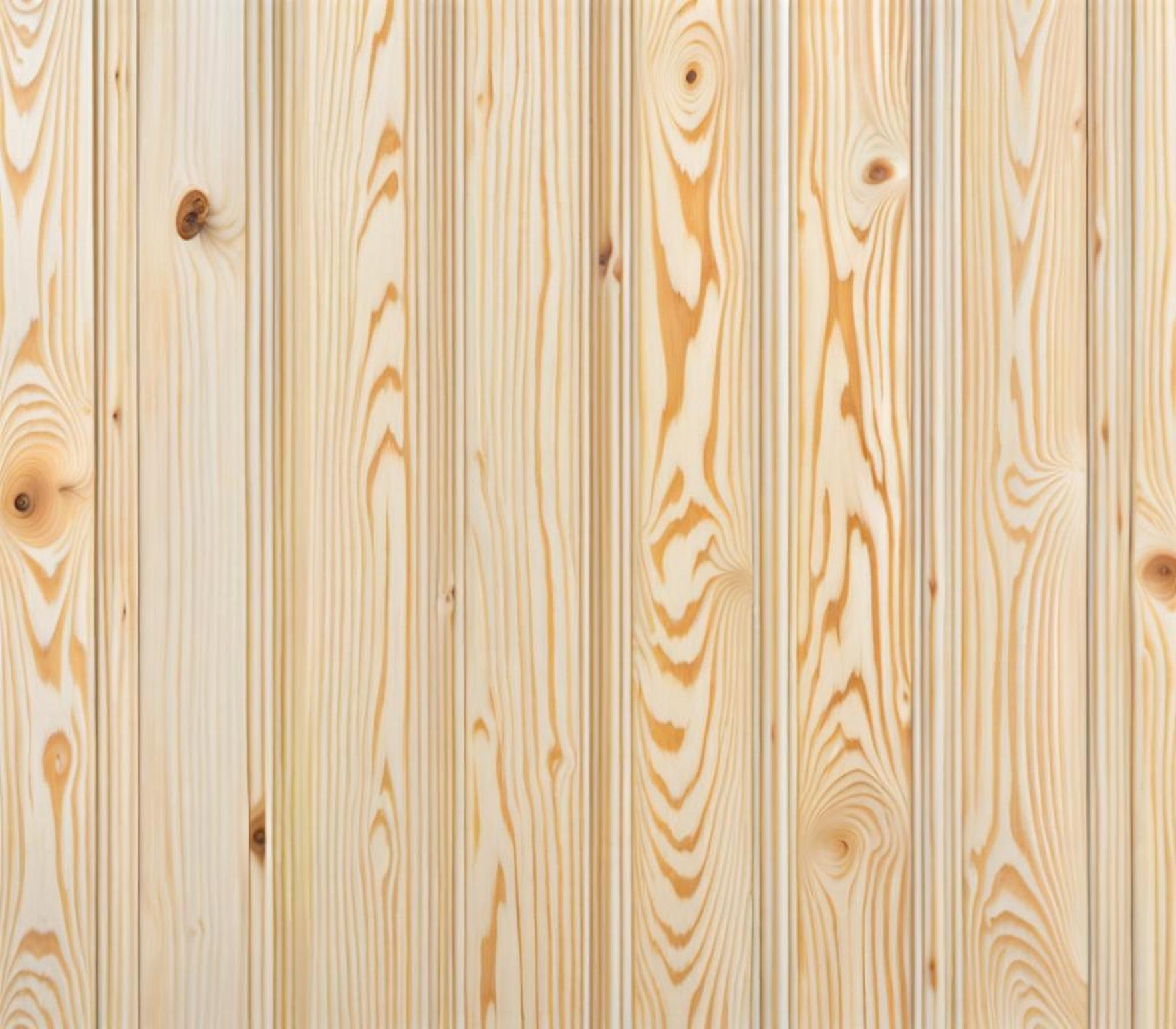Knotty pine wood has been valued in home design for generations thanks to its cozy, rustic aesthetic. The wood gets its informal, country-style look from the knots and variations in color that occur naturally throughout the planks. These rustic elements add depth and visual interest to walls, ceilings, cabinetry, and furniture made from knotty pine.
The pale yellow and orange notes in the wood provide warmth and accentuate the striking grain patterns. Knotty pine was especially popular during the 1970s and remains a favorite for cabins, lodges, and beach houses today. The textured look pairs perfectly with other natural materials like stone and leather.
What is Whitewashing?
Whitewash is a very thin paint made from a mixture of water, hydrated lime, salt, and sometimes natural pigments. It has been used for centuries to protect and decorate everything from fences to barns. The chalky white finish enables the underlying wood texture to show through.
Unlike regular opaque paint that obscures the grain, whitewash penetrates and soaks into the wood. This creates a washed-out, faded effect while allowing the natural patterns and knots to be visible.
Benefits of Whitewashing
- Brightens and lightens up wood
- Mutes orange/red undertones
- Levels out discolorations
- Subtly conceals knots and blemishes
- protections from weather and insects
Why Whitewash Works Wonders on Knotty Pine
The soft, chalky finish of whitewash pairs beautifully with the bold texture of knotty pine. The open, uneven grain really allows the whitewash to seep in and bond with the wood itself. This helps the wash blend flawlessly into the surface for an understated, washed-out appearance.

Since knotty pine has such pronounced undertones of orange and red, the white pigment effectively neutralizes these tones. This results in a lighter, brighter, more contemporary look. The knots and grain remain visible like a natural accent against the fresh white backdrop.
Prep Your Knotty Pine for Whitewashing
Proper preparation is crucial for whitewash to adhere correctly to the wood. Start by thoroughly cleaning the surface with a mixture of warm water and TSP substitute to remove any dirt or grease.
Use a liquid stripper to remove any existing finishes on the wood. This could be old paint, polyurethane, or stain. It’s important to get down to the raw wood for the whitewash to soak in properly. Next, sand the wood lightly with fine 100-120 grit sandpaper to smooth out the surface. Tack cloth the boards to remove any lingering dust.
It’s also a smart idea to apply an oil-based primer before whitewashing. This seals the knots so the tannins don’t bleed through and cause discoloration.
Types of Whitewash for Knotty Pine
There are a few options when it comes to choosing the right whitewash for your knotty pine project:
Traditional Limewash
This is the original type of whitewash made from lime, salt, and water. You can mix it yourself or buy premixed powdered limewash. The finish has a flat, matte appearance and can be left to naturally patina over time.
Whitewash Made for Knotty Pine
Many companies now make specialty whitewash paint designed specifically for use on knotty pine wood. These are modified to counteract any bleeding from the knots and ensure maximum adhesion. They often contain a hint of gray or undertones that complement the wood.
White vs. Natural Tones
Whitewash comes in pure white as well as more natural, weathered-looking grayish tones. The white really lightens up the wood, while natural tones give a more subtle effect. Consider the look you are going for before deciding.
How to Whitewash Knotty Pine
Whitewash can be applied with a brush, roller, or sprayer. Use a high-quality roller with a thin nap to prevent too much texture. Lint-free rags or chamois work well for wiping away excess.
Apply thin, even coats and let each coat fully dry before adding another. Too much whitewash pooled on the surface will result in a streaky, uneven finish. Two to three light coats generally provides adequate coverage.
Make sure to wipe away any excess whitewash once it has penetrated the wood. Rubbing lightly with a rag ensures a smooth, consistent look and prevents drips or blotches from forming as it dries.
Sealing and Caring for Whitewashed Wood
For furniture or surfaces that will get heavy use, it’s best to seal the whitewashed pine with a protective clearcoat like polyurethane. This prevents stains and makes the finish more durable.
On walls or decorative ceilings, the whitewash can be left unsealed to gradually wear over time for an antique look. Keep in mind touch-ups may be needed occasionally.
To care for whitewashed wood, dust regularly with a soft cloth and clean with mild soap and water. Avoid abrasive cleaners. Reapply whitewash as needed to refresh the color and finish.
With its warm, rustic charm and casually elegant vibe, it’s easy to see why knotty pine remains a favored interior wood. By whitewashing this beautiful pine, you can update its look with a clean, nuanced white finish that lets the wood’s natural beauty shine through.
So if your knotty pine is looking a little dark or dated, try this simple whitewashing technique. In no time, you’ll have an open, inviting space brimming with light and possibilities.
